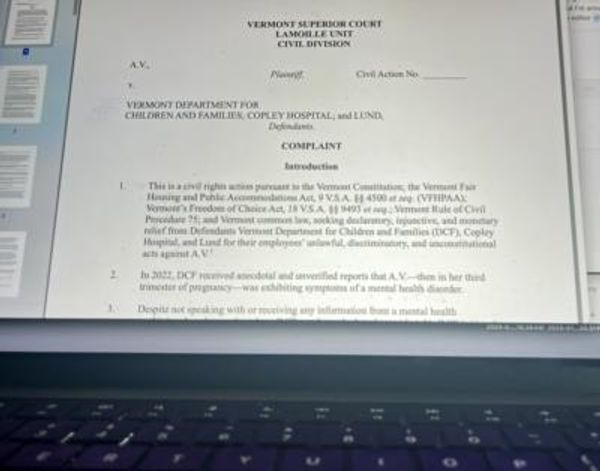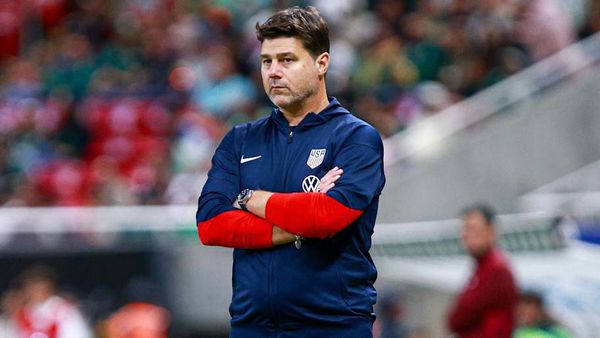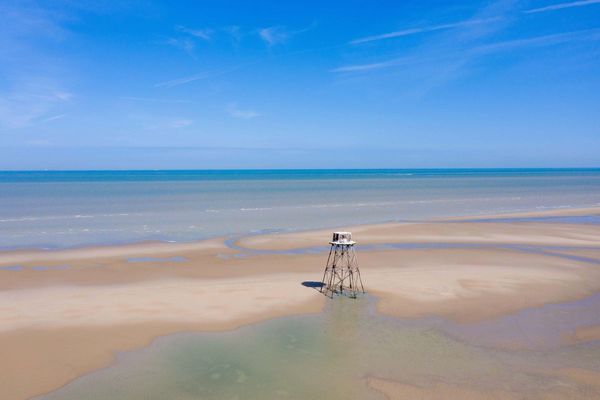
Today’s biggest political story broke far from the campaign trail. Data released by the Australian Bureau of Statistics showed inflation had hit 5.1% over the past year, its highest level since the introduction of the goods and services tax (GST) more than two decades ago.
It comes on the back of a 2.1% increase since the start of the year, driven by high fuel prices and home construction costs. It means the Reserve Bank of Australia, at pains not to appear politically partisan, faces pressure to raise interest rates next week.
For the Coalition, that would bring back memories of 2007, when the central bank raised the cash rate just a fortnight out from John Howard’s defeat.
Responding to that historically high figure, Treasurer Josh Frydenberg reminded voters that a change in government would bring too much risk to the health of the economy.
“This is not a time to put at risk the gains that we have made. We have come too far,” he said. “This is a time for strength and stability. This is not a time to roll the dice on fake independents, a weak Labor leader and the chaos of a hung Parliament.”
Frydenberg, like many inner-urban Liberals, faces a tough independent challenge for his Melbourne seat of Kooyong in the form of Monique Ryan.
But enough of Frydenberg who, even if he retains his seat, may no longer be treasurer after May 21. Instead it could be Labor’s Jim Chalmers delivering the next budget — which could be as early as this year, to the dismay of Treasury wonks and political journalists.
To be a little cynical for a second, the latest inflation figures couldn’t have come at a better time for Chalmers. That the Morrison government has failed to rein in cost-of-living pressures, or boost wages, is key to Labor’s pitch to undecided voters.
Today he was out unveiling the opposition’s economic plan, which included a crackdown on multinationals that it hopes will raise $1.9 billion.
Chalmers and campaign spokesman Jason Clare have been having a bit of a moment in Opposition Leader Anthony Albanese’s COVID-induced absence. Albanese leaves isolation tomorrow, and you’d have to say his week-long sidelining from the campaign trail has hardly met the predictions of “nightmare scenario” that accompanied his positive test. He’s been able to continue with TV and radio appearances, and barring something dramatic, or a major drop at the next opinion poll, this won’t really shift the dial.
Instead it’s been the government struggling with the void Albanese’s isolation created. We’re around the halfway mark in the campaign and the polling hasn’t really done much, the scare campaigns won’t stick, there’s a national security fail in the Pacific, and the Katherine Deves saga is making moderates like Frydenberg even more anxious.
All this could be turned around, of course, and Labor is far from out of the woods. But it’s often repeated like an article of faith that Scott Morrison is a gun on the campaign trail. However, the 2019 election wasn’t a miracle, and ScoMo can’t move mountains. Back then, facing a historically unpopular Labor leader, the “Bill Shorten bad” message resonated.
This time, carrying a far more divided party against a cautious, disciplined opposition, there’s a kind of messaging incoherence to the Coalition campaign as the government struggles to satisfy voters in Rose Bay and Rockhampton, and find a clear, focused attack.
That was summed up by a morning spent hosing down rogue Nationals Senator Matt Canavan’s claims that net zero was dead. But that was soon followed by a press conference where Morrison said although the net zero target still was the government’s position, Canavan did make a “very important” point about “Labor’s sneaky carbon tax”. Another scare campaign the government hopes will land.
Later Morrison gave a speech in Rockhampton where he criticised the “green left” who claim to be “more virtuous” than the good battlers of Central Queensland. But many of those virtuous city-dwellers who once voted Liberal aren’t so sure any more.







